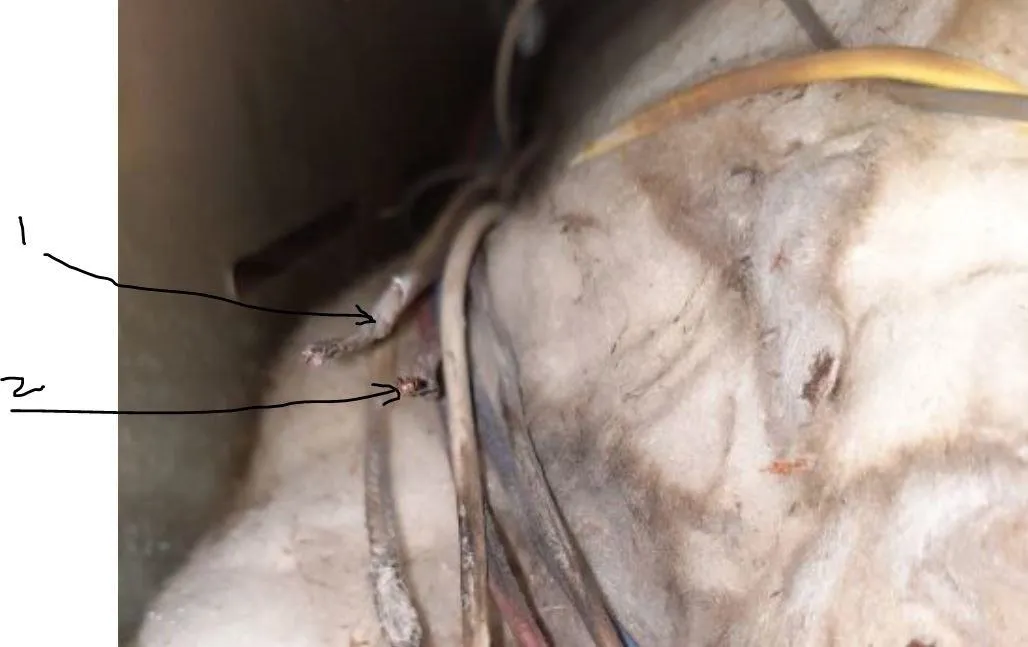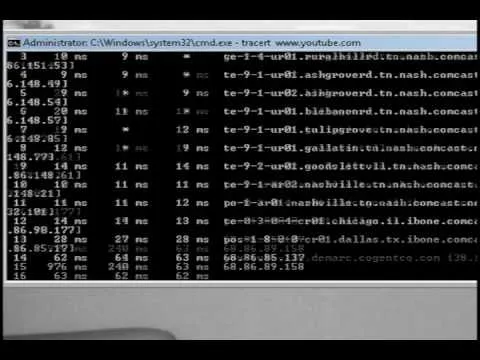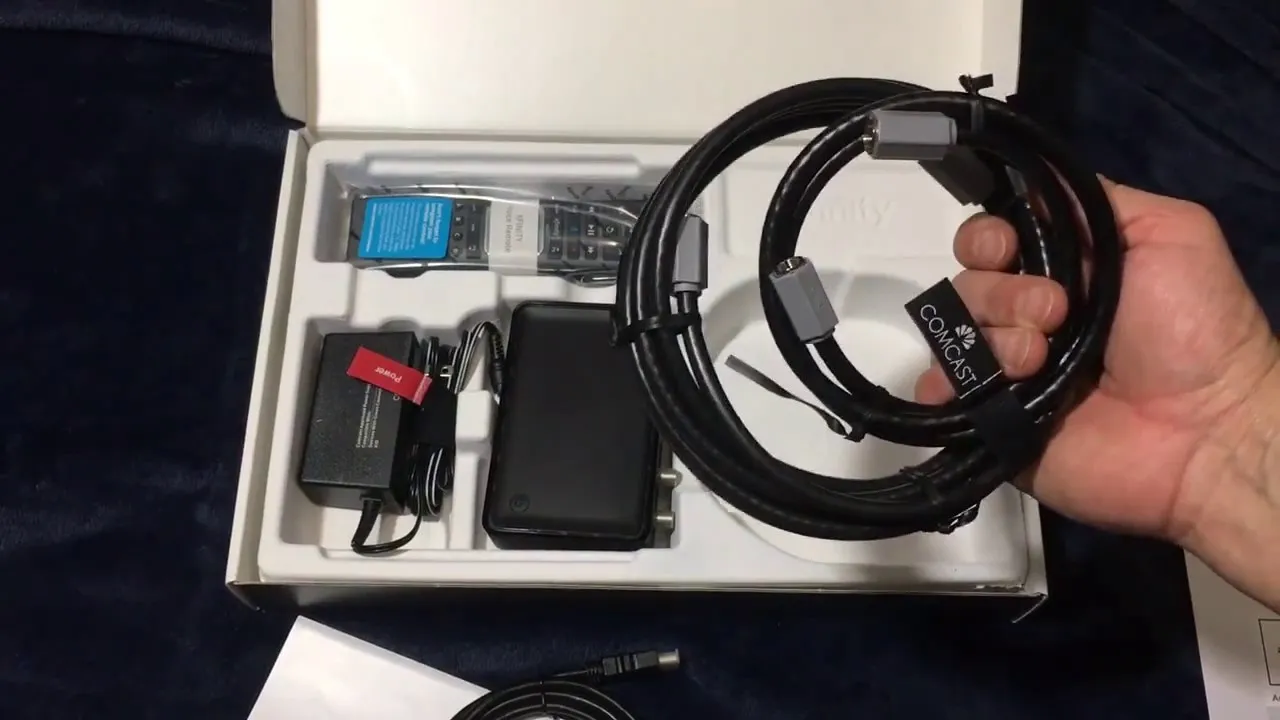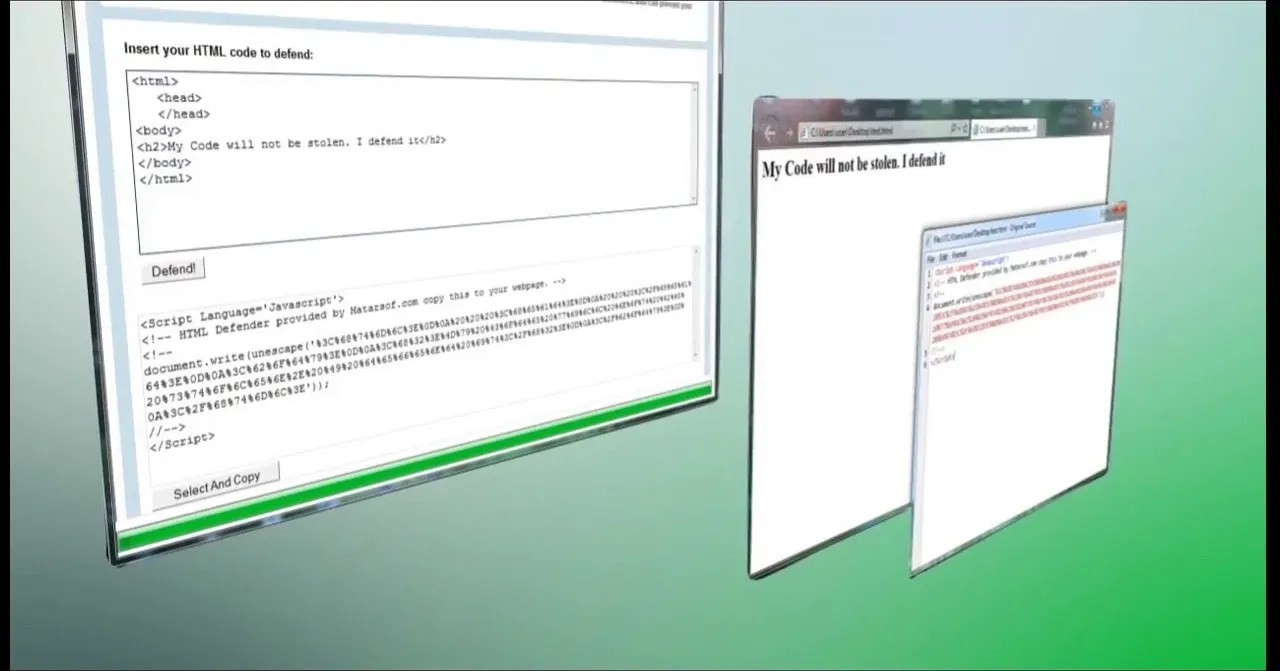Put simply, SEO = more organic traffic. And more traffic is always good for a web page / website (unless of course, you are an underground drug-dealer selling drugs worldwide via a spooky website whose URLs are as search engine unfriendly as possible, so that no one accidentally discovers your page and informs the police, sending to heaven both an exciting career opportunity and the likely Al Capone's successor).
Don't take too much headache here. SEO means good search engine exposure and SEO is not just for the bad guys.
Use Google's Free Keyword Tool to Measure People's Interest

Tips
- Google has the largest dataset on search terms. Use this tool to effectively evaluate possible niche markets.
- If you are planning to write an article, remember, it is better to do the keyword research before writing the article as you will be able to verify whether people are actually going to read your article or not.
Get a Rough Idea of What People are Asking Using Keyword Questions

Tips
- Get a rough idea of what people want to know even before you write your article. Make sure your article answers some of the popular questions on that topic. More comprehensively than the competition, if possible.
Target At Least Two Keywords | One Primary and One Secondary
- Targeting more than one keyword phrase automatically optimizes your page for various other combinations of your key-phrases that you have never even thought of.
- Try to target long-tail keywords as they are easy to rank for. Remember, you must be in the top ten to get any exposure at all to search engine traffic.
Optimize the Title & Page URL | First Step to White Hat SEO
- Place your title within the <title> ... </title> tag pairs under the <head> ... </head> section of your html.
- <Primary Key Phrase> | <A Sentence Containing Secondary Key Phrase and Tertiary Key Phrase (Optionally)>
- This is the most popular format for titles. Try to put a sentence that looks more trustworthy and less spammy. - Capitalize your title. As I have done in this article.
- Try a descriptive page URL. You can use your title as the URL. Having keywords in your URL is a bonus.
- Your title should be 8 - 10 words and 50 - 80 characters long to show up properly in the SERPs (search engine result pages).
Place a Catchy Meta Description | Second Step to White Hat SEO

- The format is <meta name="description" content="<Place your meta description here>" />.
- Put your meta description under the <head> ... </head> section of your html.
- Typically, a meta description is 25 - 30 words and 160 - 180 characters long.
- Put your primary and secondary keywords in your meta description.
Put 7 - 10 Relevant Keywords | Third Step to White Hat SEO
- Make sure your keywords are relevant. Otherwise your article is going to rank badly in search results.
- You should identify all relevant keywords at an early stage so as to center your article around them. Sprinkle keywords here-and-there in your article.
- You can try variations of your keywords. Such as SEO tools for free instead of free SEO tools (assume 'free SEO tools' is a keyword you have chosen for your article).
Warnings
- Put in too many keywords and you will be keyword-stuffing. This is a black-hat SEO technique and should be avoided at all cost. Keep your article as natural and human friendly as possible.
Put a Few Keywords in Your Headings | Fourth Step to White Hat SEO
- Keywords in headings (H1, H2 and H3 tags) are a good thing. They tell the search engines that you are indeed delivering a speech on the topic you have promised.
Use Descriptive Image Titles and Alt Tags | Fifth Step to White Hat SEO
- If you are adding an image of an apple don't name it abc, 123, @#$ or orange (dot jpg). Name it apple.jpg. Also put a short image description in the alt-tag section.
- Use images highly relevant to your article so as to fit in keywords in both your image titles and alt-tags.
Click here for more information about these free SEO tools, along with Google's AdWords Keyword Tool, Google's Wonder Wheel Feature, Keyword Questions and SEO Blogger.




















Comments
Be the first, drop a comment!